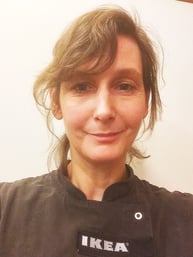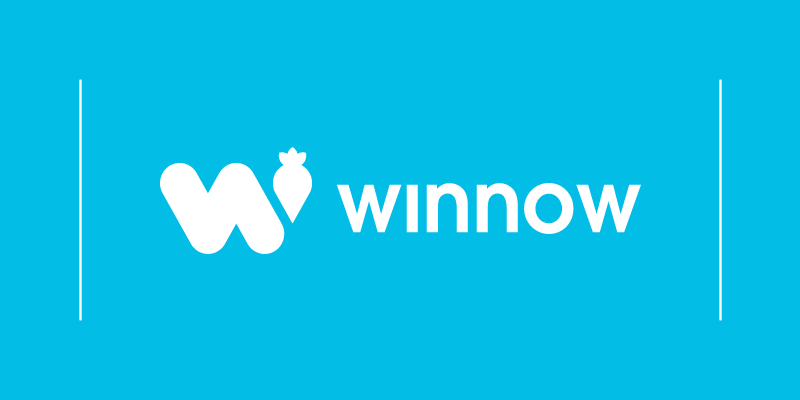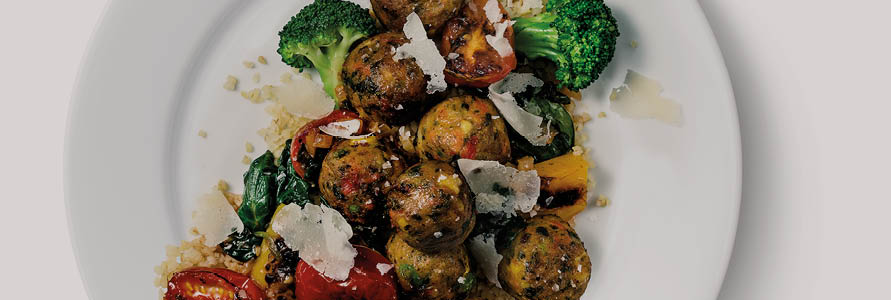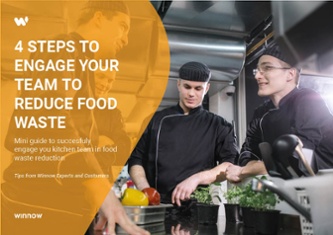With its Food is Precious Programme, IKEA is aiming to halve food waste before the end of August 2020. The store in Gent, Belgium, has been leading the movement by producing one of the smallest amounts of food waste in Europe. They are working to reduce it even more. The team recently won the Belgium Food Waste Awards for their inspiring initiatives.
To achieve its reduction target, IKEA has chosen Winnow as one of two key partners. Using our smart scales, the group can understand the source of its food waste, measure it, and thereby reduce it. In a little more than a year since the rollout of the initiative, IKEA has globally saved more than 1 million meals. That’s over 450,000 kg of food, which is enough to enough feed one thousand people for a whole year.
At IKEA Gent, in Belgium, the team has been using Winnow since February 2017. From the starting point waste been reduced by 22%, the equivalent of saving over €21,000 annually. We have interviewed Isabel Verhelle, one of IKEA’s Belgium food waste champions, to give you an insight into how this is being achieved.
- How did you come to work at IKEA and what were you doing before?
Before coming to work at IKEA I was a stay-at-home mother. As my children started getting older and more independent I thought I could balance a professional career with family life.
I love Sweden. I often travel to Sweden with my family, and I’ve always been a big fan of IKEA. So, applying for a job at IKEA Gent came as a natural decision. I knew I would be joining a great company.
- What inspired you to work with food?

I’ve always enjoyed cooking. Also, throughout my whole life I’ve advocated about the importance of eating and cooking with high-quality and sustainable ingredients. Working with food came as a great opportunity for me to do something that I love while working for a company the cares about the quality of the food they serve.
- Where and how were you trained?
I was never formally trained. I like to say that when it comes to professional cooking “I was thrown to the lions but managed to land on my own feet”. It has been an amazing journey, and I now enjoy cooking even more.
- What challenges did you face when you decided to cut waste from your kitchen?
Our biggest challenge when implementing strategies to reduce food waste was training the team. We are a big team here at IKEA Gent. It took us multiple sessions to make sure that everybody was fully engaged. In addition to that, some of our colleagues were not comfortable with using the technology, while others were having a hard time to adapt to new procedures. Fortunately, we are also a united team and with the appropriate training we managed to overcome all these challenges.
- How does Winnow help you in your daily operations?
The Winnow system gives us more visibility, and also tell us exactly why and where food waste is happening. Based on this information we can easily make changes to reduce waste. We often have team meetings to review our reduction strategies, and I believe we started acting even more carefully after realizing the cost of the food that was getting wasted.
- What initiatives have you implemented based on the data from Winnow’s reporting?
The insights from the Winnow reports have changed our behavior in the kitchen in many ways. I can highlight that thanks to Winnow we now try to cook a la minute as often as we can instead of preparing all dishes in advance. It has really helped us prevent wasting food due to overproduction. Also, we now transform the leftover ingredients into tasty salads to be served in our staff canteen. Additionally, at the moment we only bake full trays during busy hours.
The initiative has improved our communication with other departments. Now, we talk a lot more with the sales department, for example, to make sure that everybody is following our procedures to avoid wasting food. It’s a team effort and we all help each other.
- How do you think technology will have an impact on how customers engage with stories of food and the kitchen?
I am certain that in the future technology will have a much greater impact on how customers engage with food. I can see an ocean of possibilities. I’d love to see a piece of technology such as Winnow aimed at preventing food waste in people’s home.
In addition, in the future, I believe that clients will expect to be informed about where their food is coming from, the calories, allergies potentials, and much more. Technology will probably facilitate this process.
- What do you do to keep track of new industry trends?
I deliberately look for food topics in the media. I enjoy reading about sustainability within the food industry, and I can see a positive trend in awareness of food waste. Even at our store, we notice customers talking about it more often.
- How do you see your kitchen developing towards more sustainable operations in the future?
I can see our kitchen becoming even more sustainable in the future. Plastic use, for example, has become a global concern because of the great amount of it that end up polluting our oceans and forests. I am sure we will start having more conversations with our suppliers to try reducing the amount of plastic used.
- If you could give just one piece of advice to colleagues on how to tackle food waste, what would it be?
Start from the beginning. Calculate how much food you will need, and only order the necessary amount. After that, it is important to keep the production volume tight and encourage good communication to make sure that everybody is in the same page.
- Is there a chef you admire most? Who and why?
I really admire Jamie Oliver. He is not only a great chef, but also a great educator. He manages to make people think about the quality of the food they eat, and he also encourages people to grow their own food. Not mentioning the fact that he is constantly teaching easy recipes that are made with leftover food.
- Favorite dish?
My favorite dish is a variation of the Swedish prinsesstårta layer cake with meringue, caramelised nuts, whipped cream and marzipan. It is only made by my local bakery and I need to order in advance, but is definitely worth it.
- Best places to eat out in the world?
The best place to eat in the word is in the garden with my children and dogs. Especially if it is during the Swedish summer while barbecuing the fish I’ve caught, and cooking the vegetables that I’ve picked myself. I really don’t need anything else.










Comment on my blog